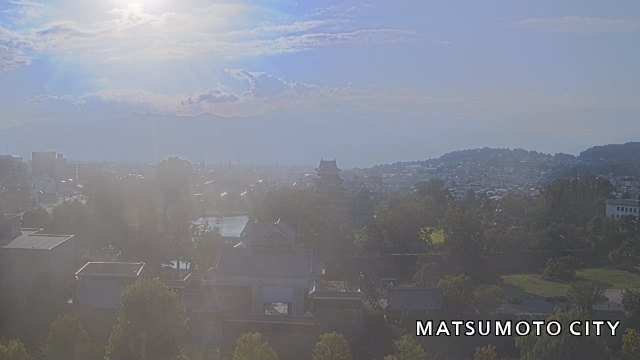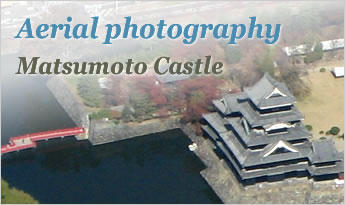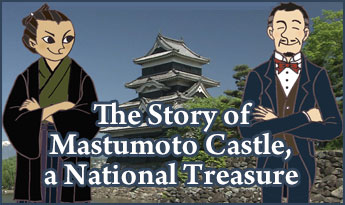Matsumoto Castle protected by citizens
Portraits of Castle Benefactors
Two portraits in bronze relief depict Ichikawa Ryōzō and Kobayashi Unari, two Matsumoto citizens whose advocacy and fundraising saved Matsumoto Castle from destruction.
Ichikawa Ryōzō (1844–1908)
 Ryozo Ichikawa
Ryozo IchikawaIchikawa Ryōzō, shown on the left in traditional attire, was a merchant and town administrator born in Yokota, a town to the south of Matsumoto. In 1872, he learned that the national government had auctioned off the castle, which almost certainly meant that it would be demolished. Hoping to prolong the castle’s life, Ishikawa petitioned the prefectural governor to delay the demolition for 10 years, during which Ishikawa would hold museum exhibitions inside the castle. Through these exhibitions, Ishikawa hoped to foster public education and give people a chance to experience an important part of Matsumoto’s history. His petition was granted in 1873, and the first of five exhibitions was held in Matsumoto Castle that same year. The exhibition was massively popular, sometimes drawing thousands of visitors in a single day. Thanks to Ichikawa’s efforts, the castle was ultimately saved from demolition.
Kobayashi Unari (1855–1914)
 Unari Kobayashi
Unari KobayashiKobayashi Unari, shown on the right in Western clothing, was born to a samurai family from what is now southwestern Osaka. He studied physics in Tokyo, then came to Matsumoto in 1885 as the first principal of its prefectural middle school.
By the start of the twentieth century, Matsumoto Castle had begun to lean, and parts of its roof were in danger of collapsing. Although Ichikawa’s efforts had saved the castle from demolition decades earlier, it was at risk of being destroyed by time and neglect.In 1901, Kobayashi took action by founding the Matsumoto Castle Preservation Society and launching a nationwide fundraising campaign. The society’s efforts raised ¥20,000 in donations, a considerable sum at the time and enough to finance a major restoration.

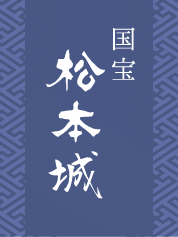
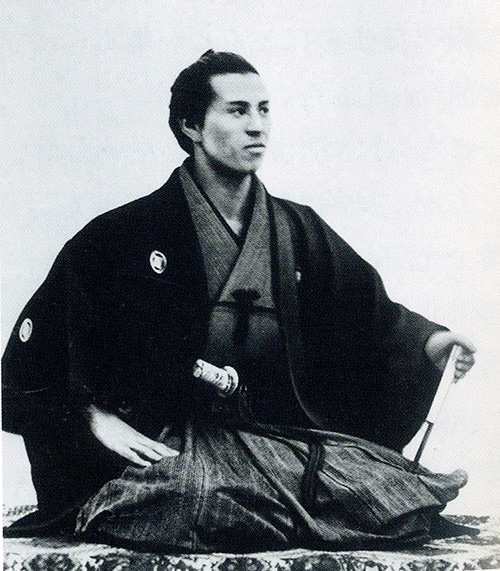 Ryozo Ichikawa
Ryozo Ichikawa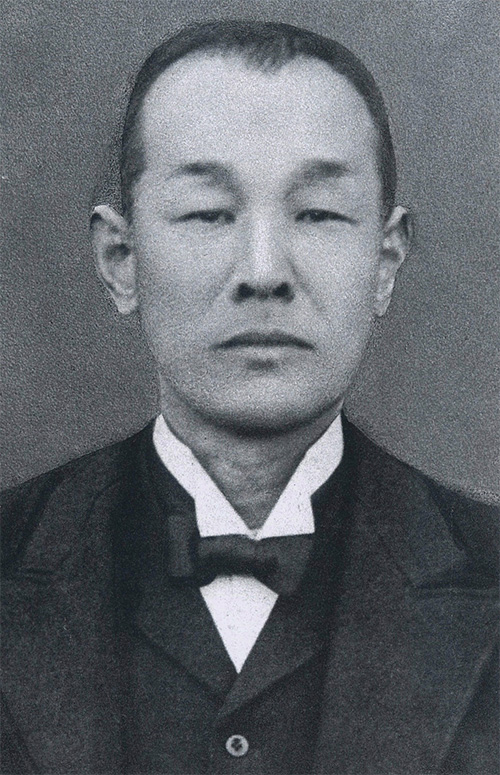 Unari Kobayashi
Unari Kobayashi
